WHY SEAGRASS?
Seagrass meadows are critical to all life on our planet
WHY SEAGRASS?
Seagrass meadows are critical to the survival of every living thing on Earth
WHAT IS SEAGRASS?
Seagrasses are flowering plants that form dense underwater meadows in the shallow, sheltered areas of our coast. They are different from seaweeds and have leaves, roots, shoots, and even flowers. Like the coral reefs and rainforest’s of the tropics, these underwater gardens are full of life, hosting many animals of different shapes, colours and sizes. However, like rainforest’s and coral reefs, these incredible underwater gardens are globally threatened.
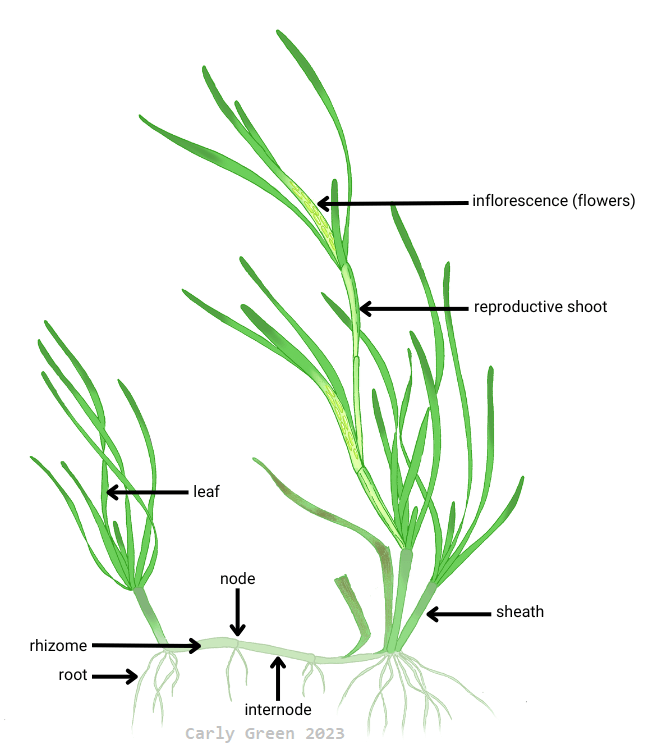
WHAT IS SEAGRASS?
Seagrasses are flowering plants that form dense underwater meadows in the shallow, sheltered areas of our coast. They are different from seaweeds and have leaves, roots, shoots, and even flowers. Like the coral reefs and rainforest’s of the tropics, these underwater gardens are full of life, hosting many animals of different shapes, colours and sizes. However, like rainforest’s and coral reefs, these incredible underwater gardens are globally threatened.

DID YOU KNOW?
Over 30 times more animals live within seagrass compared to adjacent sandy habitats.
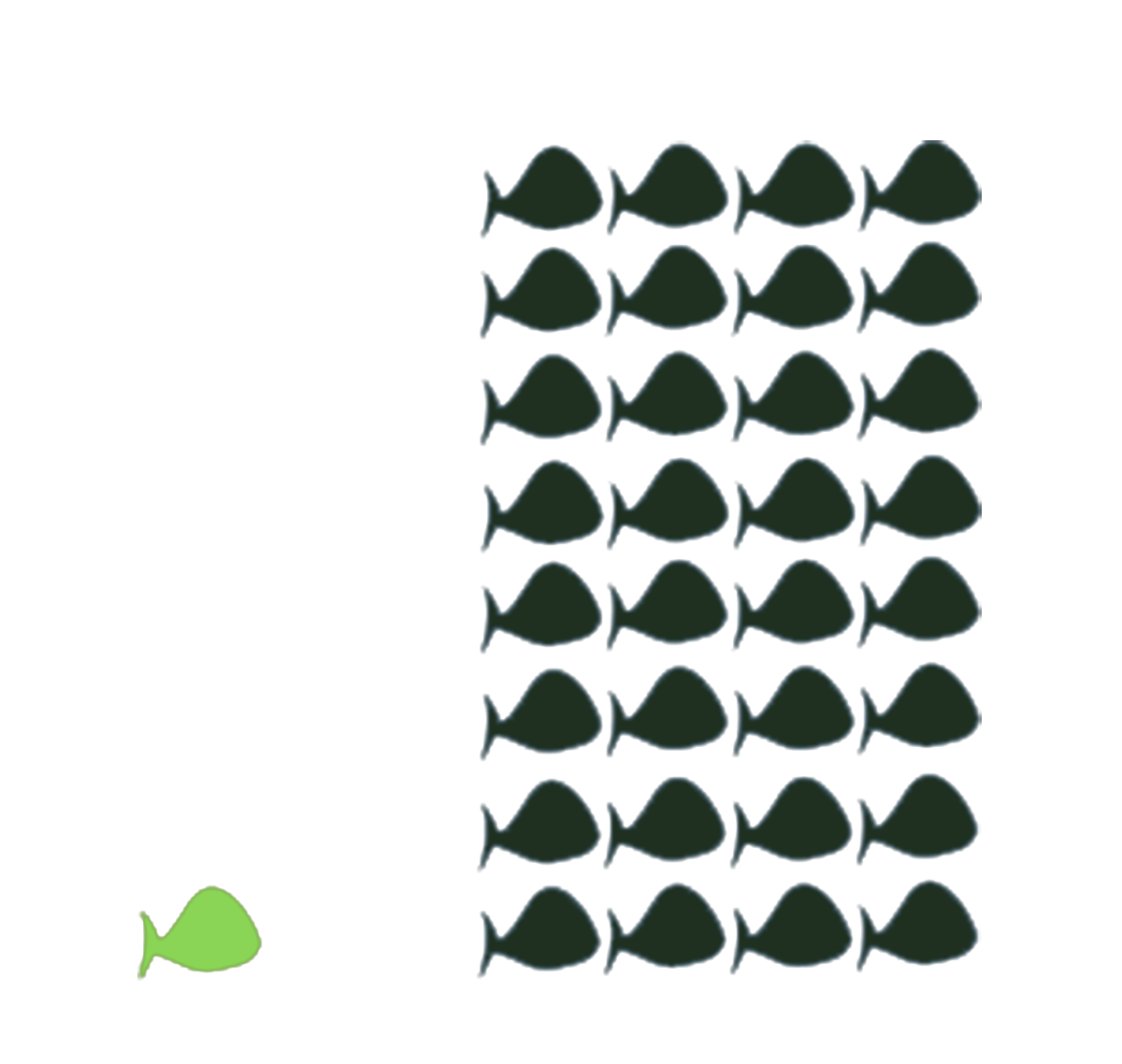
Seagrass meadows play an important role in keeping our oceans healthy and providing a home for all kinds of marine life. Thousands of marine species such as shellfish, seahorses, manatees, and sea turtles are reliant on healthy seagrass meadows. These meadows help to keep our oceans clean and clear, stabilise our coastline, produce oxygen, support biodiversity, and sequester carbon from the atmosphere.
As we lose our seagrass, we lose the numerous benefits that seagrass meadows provide to people and planet.
DID YOU KNOW
Over 30 times more animals live within seagrass compared to adjacent sandy habitats.
Seagrass meadows play an important role in keeping our oceans healthy and providing a home for all kinds of marine life. Thousands of marine species such as shellfish, seahorses, manatees, and sea turtles are reliant on healthy seagrass meadows. These meadows help to keep our oceans clean and clear, stabilise our coastline, produce oxygen, support biodiversity, and sequester carbon from the atmosphere.
As we lose our seagrass, we lose the numerous benefits that seagrass meadows provide to people and planet.
COMMUNITIES
Communities around the world depend on seagrass meadows for food security and livelihoods
Communities around the world depend on seagrass meadows for food security and livelihoods. Seagrass meadows provide vital nutrition for close to 3 billion people by supporting healthy fishing grounds. Through these fishing grounds, seagrass helps to provide 50% of animal protein to 400 million people in the third world.
Seagrass meadows are an important nursery ground, providing habitat to many juvenile species of fish, including commercially important species fished for food and income. Seagrass fisheries are a vital source of income to many coastal communities. Seagrass fisheries support 20% of the worlds largest fisheries. The loss of seagrass threatens global food security and a stable income source.
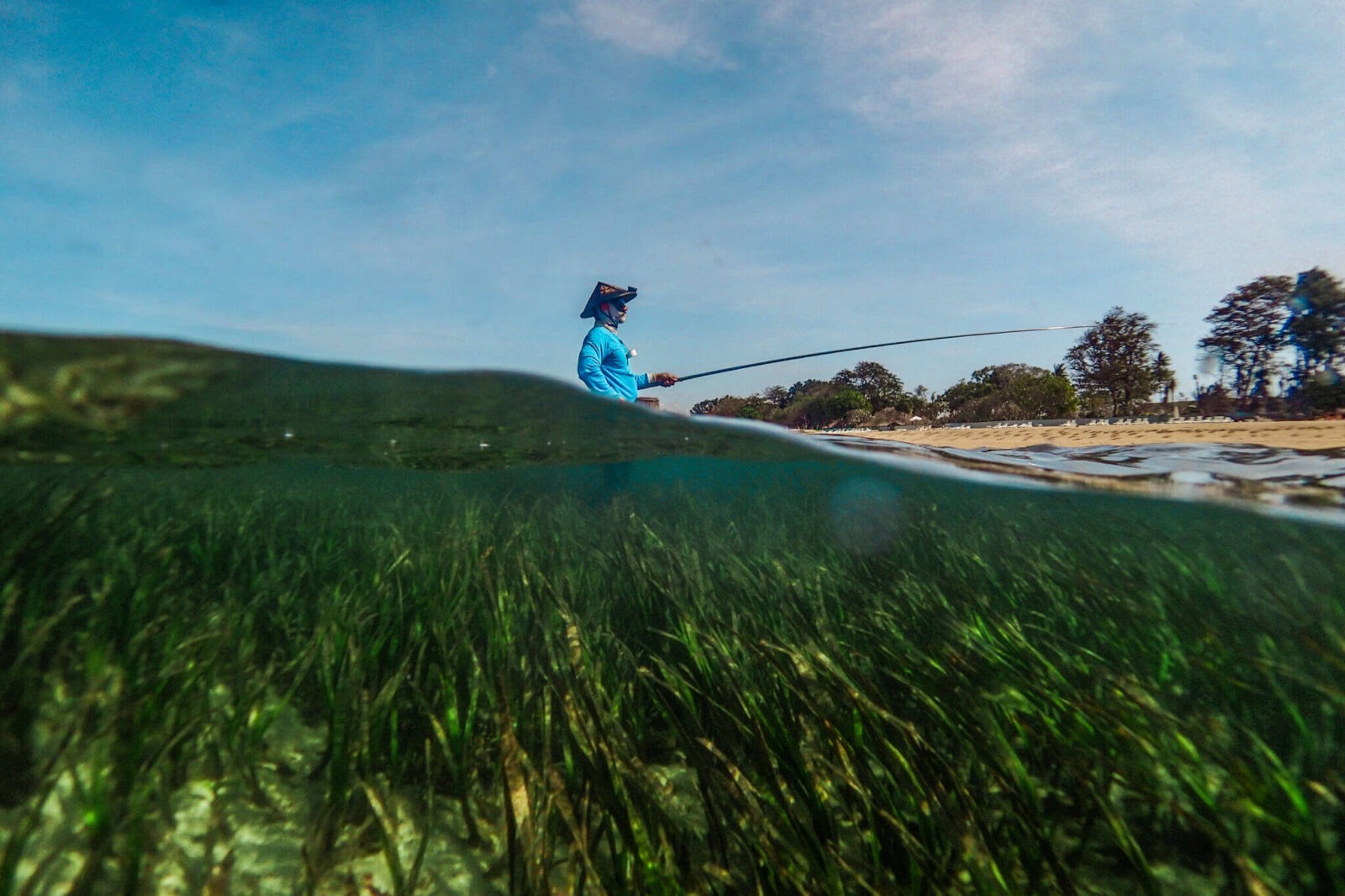
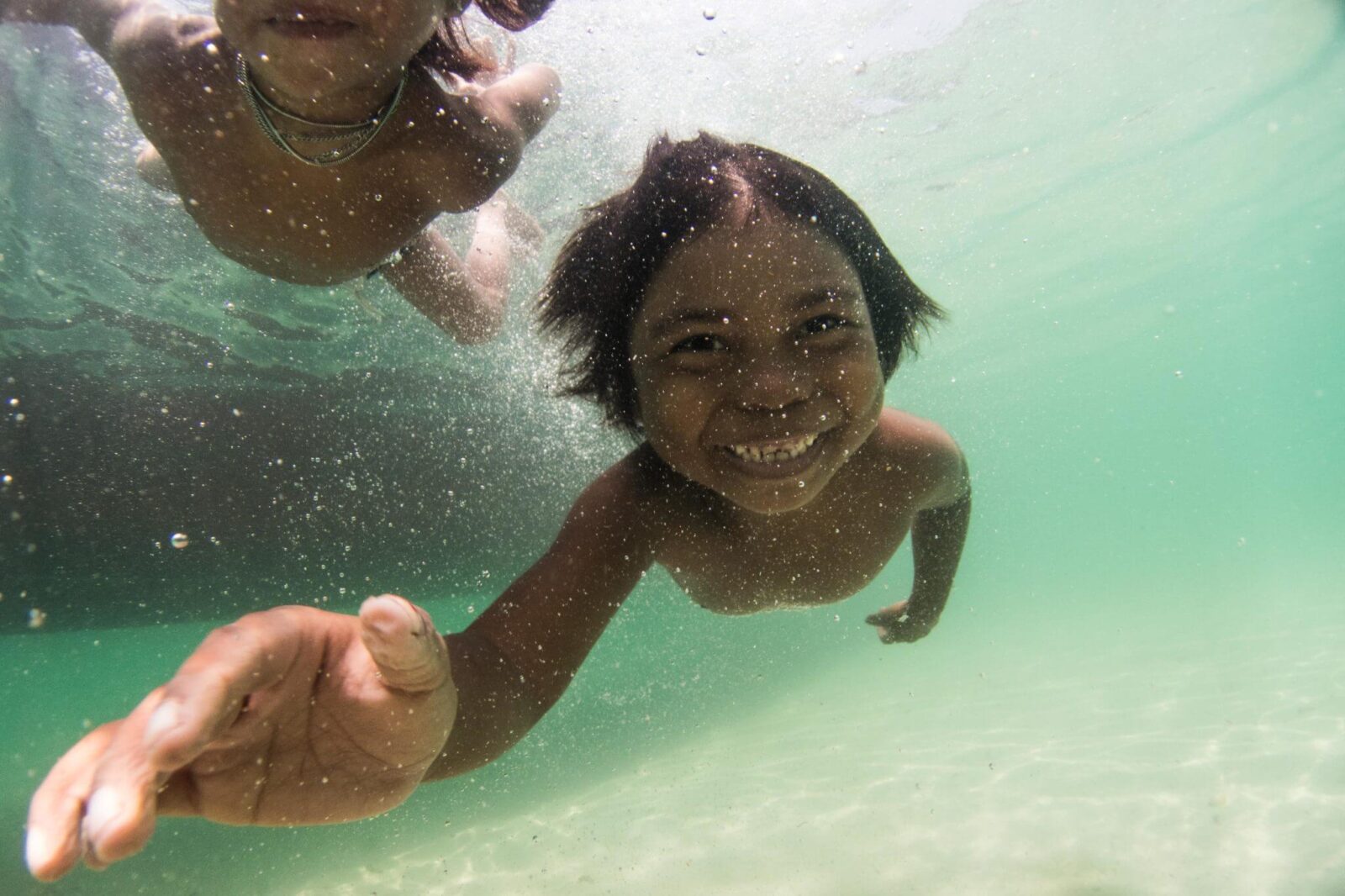
The leaves of seagrass can filter pathogens, bacteria, and pollution out of seawater, making our oceans a cleaner and safer environment to enjoy.
The roots of seagrass extend through the sediment creating a network which strengthens the coast helping to reduce coastal erosion. Their leaves also weaken wave energy and storm surges offering protection to coastal communities from storms.
Seagrasses are also an important part of the culture of many island communities. For example, in the Solomon Islands, fishers twist seagrass leaves together and shout to seagrass spirits for good luck.
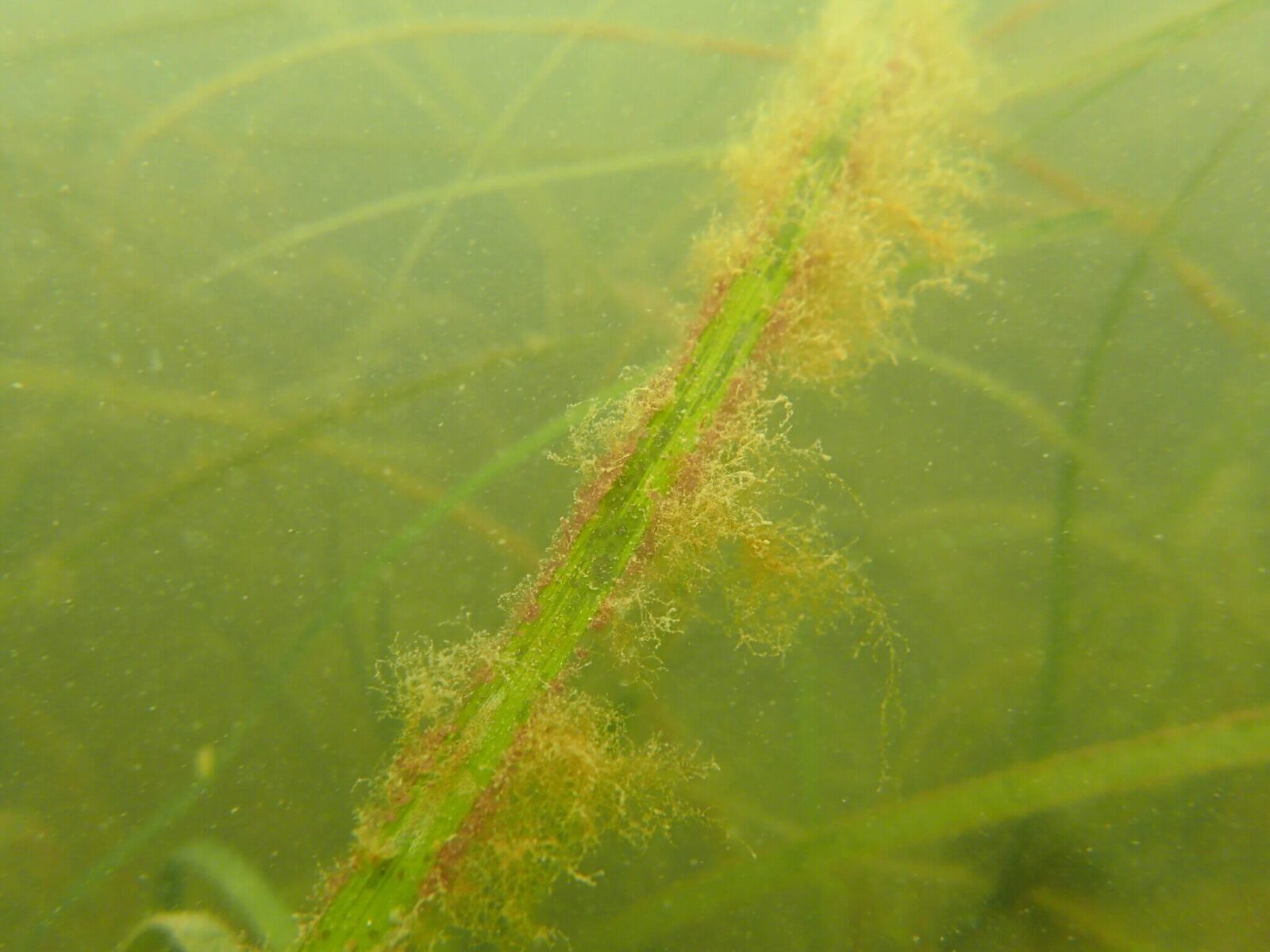
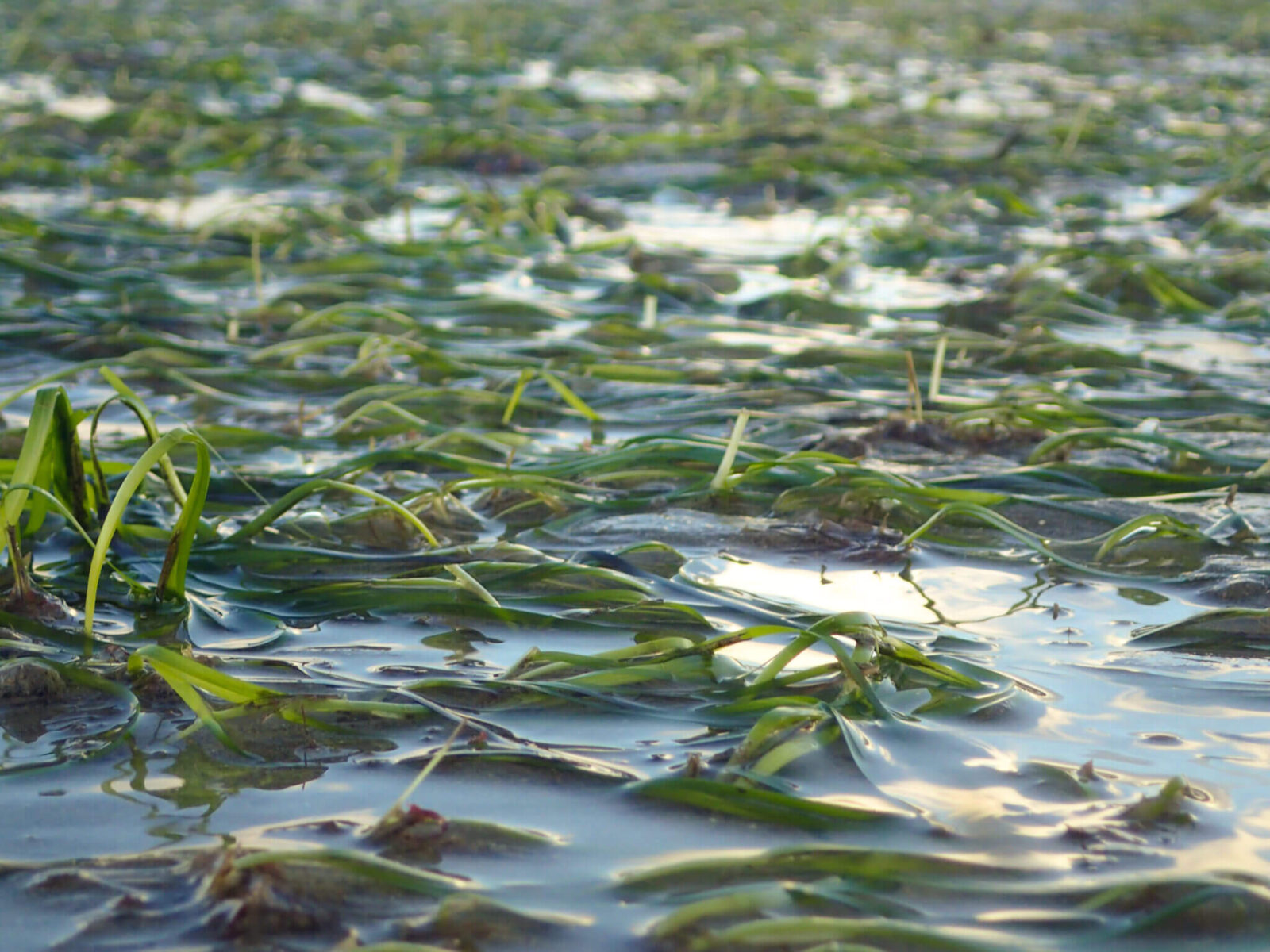


Communities around the world depend on seagrass meadows for food security and livelihoods. Seagrass meadows provide vital nutrition for close to 3 billion people by supporting healthy fishing grounds. Through these fishing grounds, seagrass helps to provide 50% of animal protein to 400 million people in the third world.
Seagrass meadows are an important nursery ground, providing habitat to many juvenile species of fish, including commercially important species fished for food and income. Seagrass fisheries are a vital source of income to many coastal communities. Seagrass fisheries support 20% of the worlds largest fisheries. The loss of seagrass threatens global food security and a stable income source.
The leaves of seagrass can filter pathogens, bacteria, and pollution out of seawater, making our oceans a cleaner and safer environment to enjoy.
The roots of seagrass extend through the sediment creating a network which strengthens the coast helping to reduce coastal erosion. Their leaves also weaken wave energy and storm surges offering protection to coastal communities from storms.
Seagrasses are also an important part of the culture of many island communities. For example, in the Solomon Islands, fishers twist seagrass leaves together and shout to seagrass spirits for good luck.


WILDLIFE
Seagrass supports or provides habitat for 1000’s of species of fish, invertebrates, birds, reptiles and mammals
Seagrasses form dense meadows providing shelter and habitat to thousands of marine species. They act as nurseries as their leafy underwater canopy they create provides shelter for small invertebrates (like crabs and shrimp and other types of crustaceans), small fish and juveniles of larger fish species.
These vibrant biodiverse meadows also act as feeding grounds for larger predators that utilise the seagrass meadows to hunt for food. Some marine animals, primarily large grazers like manatees, dugongs, green sea turtles and geese eat the seagrass leaves directly, and seagrass forms a major component of their diets. Adult green sea turtles spend most of their time grazing in seagrass meadows and get their name from the colour of their fat which turns green due to all the green seagrass leaves they consume.
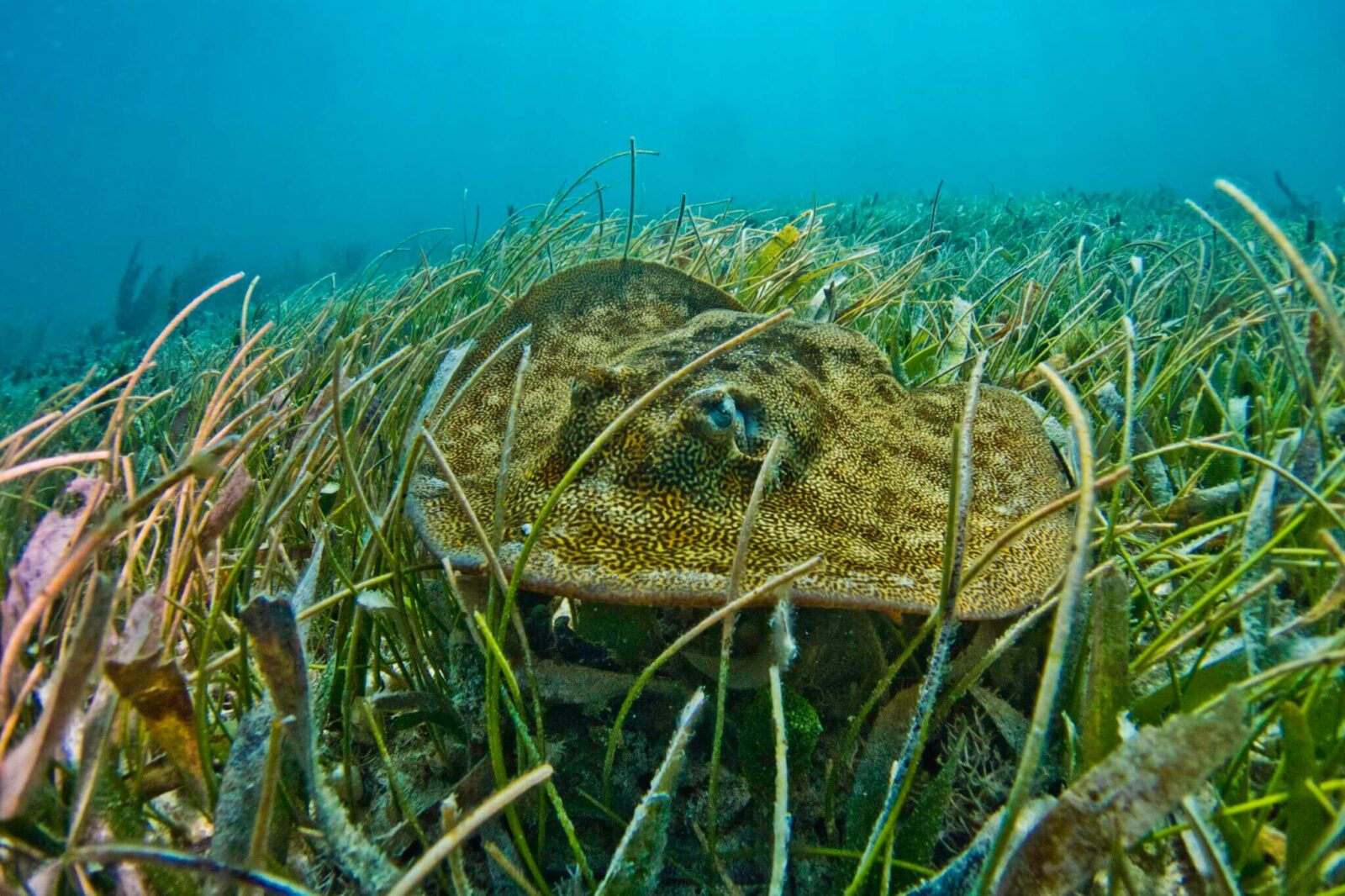
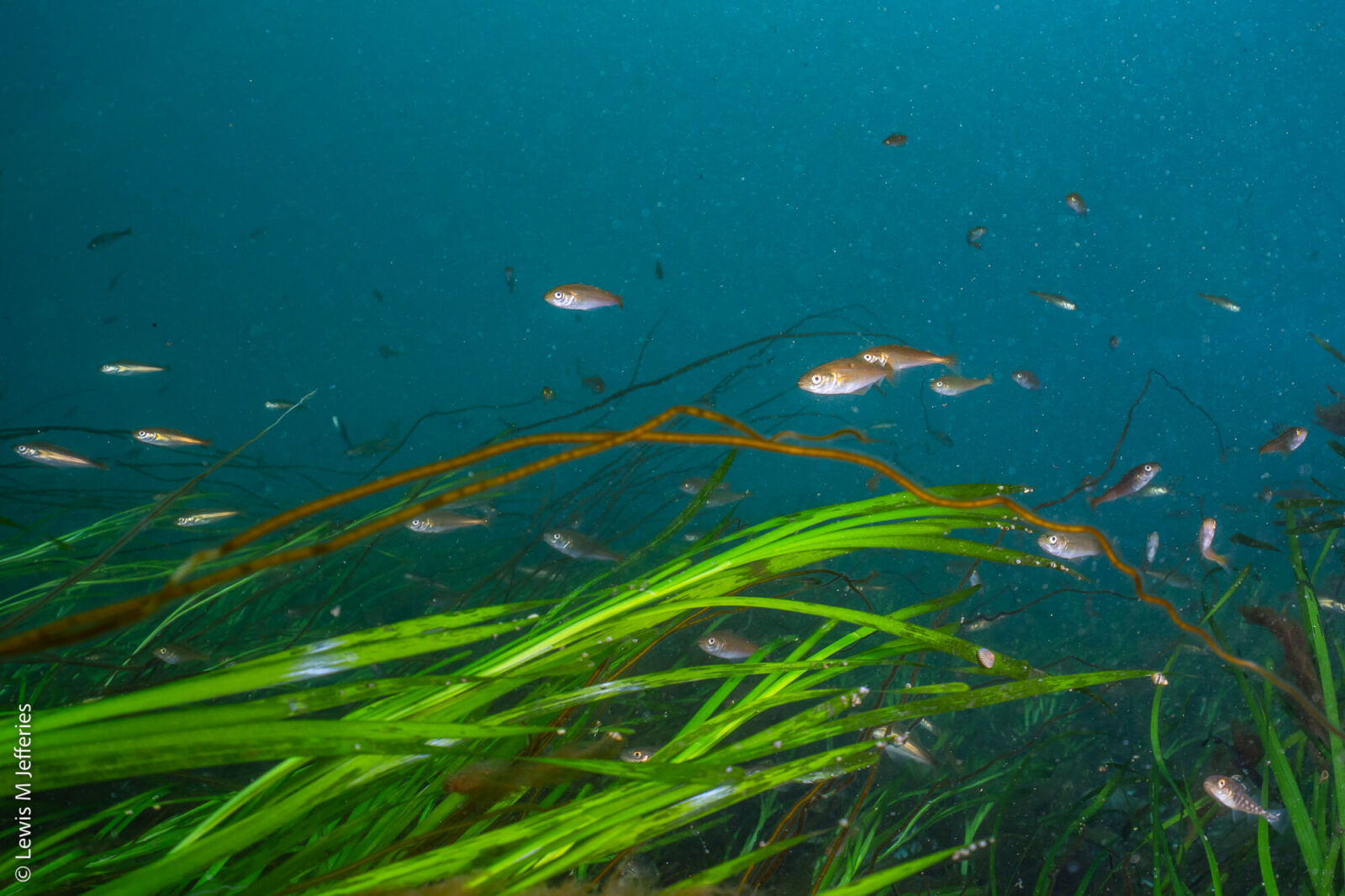
Seagrass meadows form part of a larger ‘seascape’ supporting other marine and coastal habitats. Several species of coral reef fishes forage in seagrass meadows during the night and return to the protection of the reefs during the day.
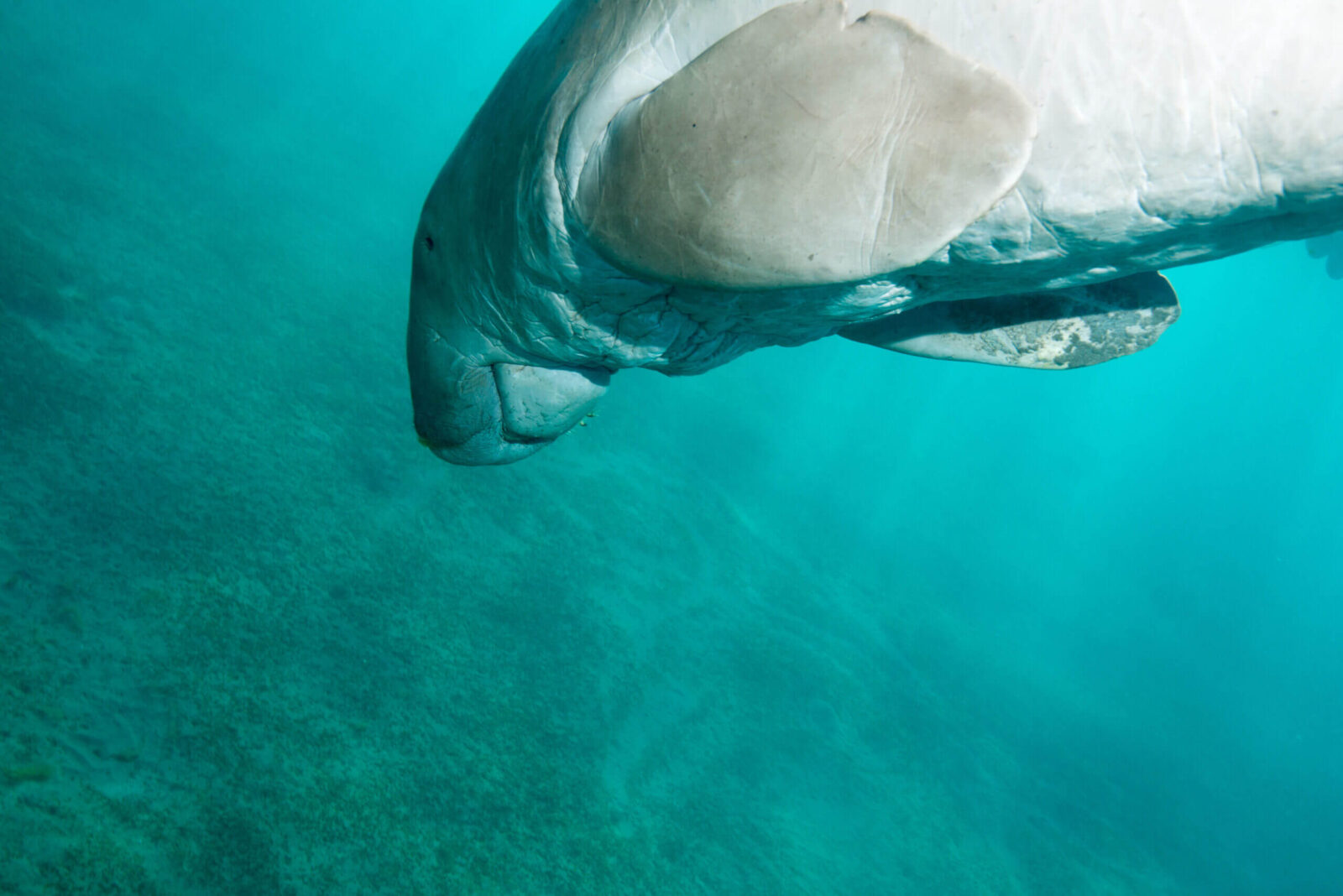
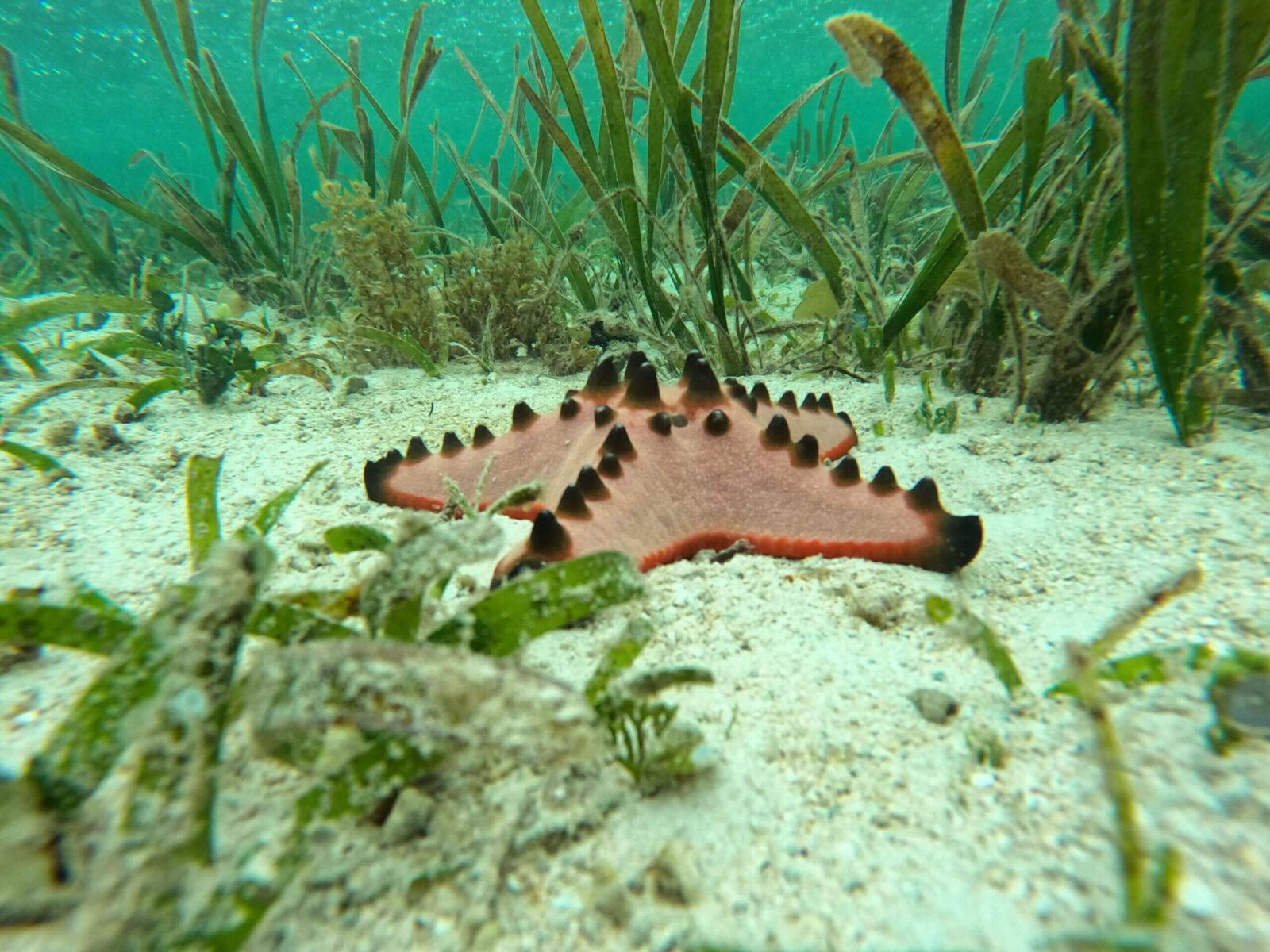
Seagrasses form dense meadows providing shelter and habitat to thousands of marine species. They act as nurseries as their leafy underwater canopy they create provides shelter for small invertebrates (like crabs and shrimp and other types of crustaceans), small fish and juveniles of larger fish species.
These vibrant biodiverse meadows also act as feeding grounds for larger predators that utilise the seagrass meadows to hunt for food. Some marine animals, primarily large grazers like manatees, dugongs, green sea turtles and geese eat the seagrass leaves directly, and seagrass forms a major component of their diets. Adult green sea turtles spend most of their time grazing in seagrass meadows and get their name from the colour of their fat which turns green due to all the green seagrass leaves they consume.




Seagrass meadows form part of a larger ‘seascape’ supporting other marine and coastal habitats. Several species of coral reef fishes forage in seagrass meadows during the night and return to the protection of the reefs during the day.
Seagrass fields in Myeik Archipelago, Myanmar
CLIMATE
Seagrasses produce oxygen, clean our coastal water, absorb greenhouse gas emissions, and help to keep our ocean healthy
Seagrass meadows have the potential to sequester and store large quantities of the carbon dissolved in our ocean, often known as ‘blue carbon’. Whilst seagrass occupies only 0.1% of the seafloor, they are responsible for up to 18% of the organic carbon buried in the ocean. Seagrass meadows are able to store carbon in their sediment, essentially ‘locking’ away large amounts of carbon and acting as a carbon store. If undisturbed, this carbon can be stored for millennia. When seagrass meadows are destroyed, the carbon that they have stored for potentially thousands of years is suddenly released back into the ocean and can become a significant carbon source. This is why it is vital to protect our existing seagrass meadows.
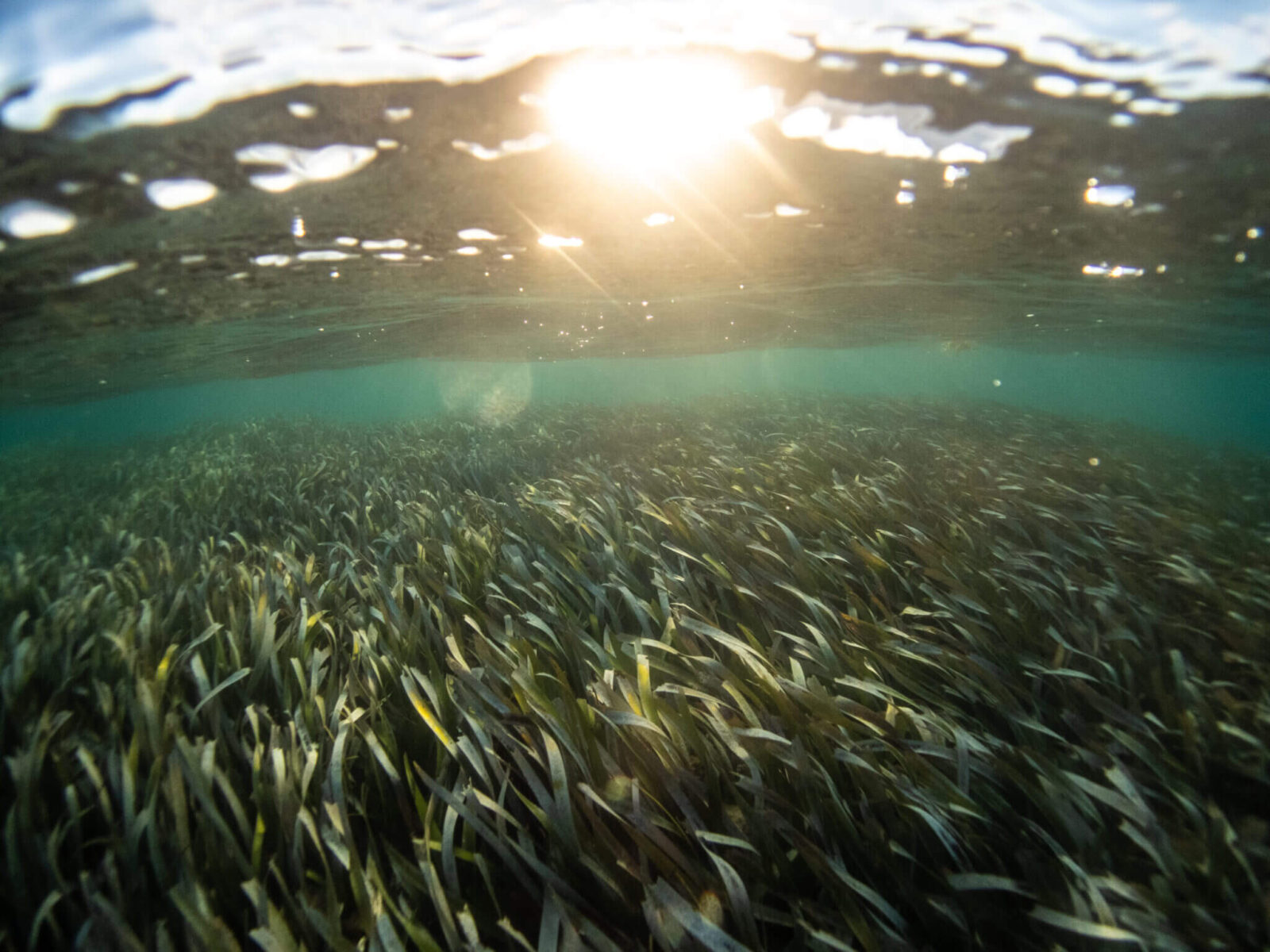

Seagrass meadows are interconnected with the other coastal ecosystems: tidal marshes, coral reefs, mangrove forests, kelp forests, and oyster and mussel beds. For example, seagrasses, coral reefs and mangroves work together in a connected seascape. Seagrasses trap and stabilize sediment which in turn provides an area for mangroves to grow on. Coral reefs protect seagrasses from wave action and, in turn, seagrasses protect coral reefs from bacterial run-off from the shore. Healthy seagrass creates a positive ripple effect that cascades throughout the entire ecosystem creating healthy, thriving ocean habitats.
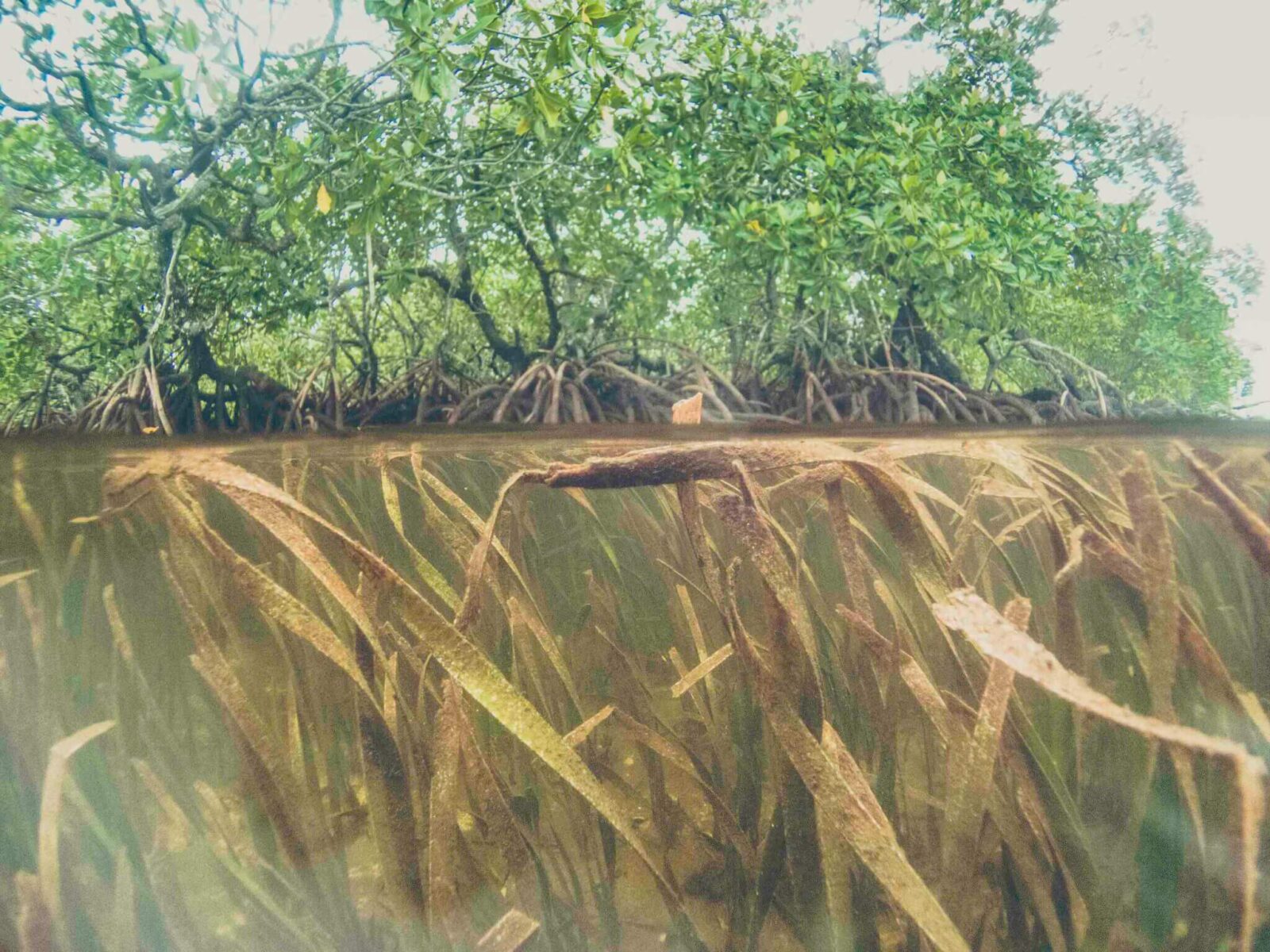
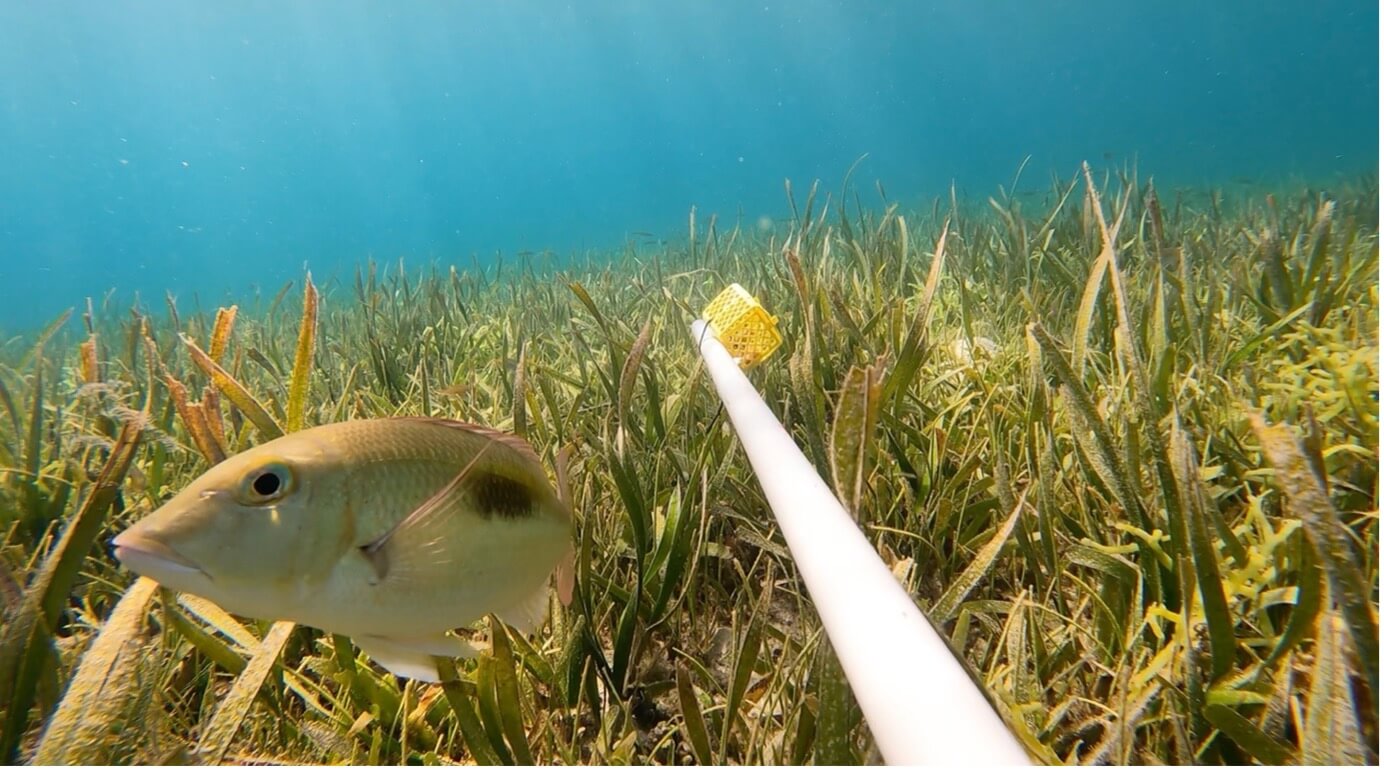


Seagrass meadows have the potential to sequester and store large quantities of the carbon dissolved in our ocean, often known as ‘blue carbon’. Whilst seagrass occupies only 0.1% of the seafloor, they are responsible for up to 18% of the organic carbon buried in the ocean. Seagrass meadows are able to store carbon in their sediment, essentially ‘locking’ away large amounts of carbon and acting as a carbon store. If undisturbed, this carbon can be stored for millennia. When seagrass meadows are destroyed, the carbon that they have stored for potentially thousands of years is suddenly released back into the ocean and can become a significant carbon source. This is why it is vital to protect our existing seagrass meadows.
Seagrass meadows are interconnected with the other coastal ecosystems: tidal marshes, coral reefs, mangrove forests, kelp forests, and oyster and mussel beds. For example, seagrasses, coral reefs and mangroves work together in a connected seascape. Seagrasses trap and stabilize sediment which in turn provides an area for mangroves to grow on. Coral reefs protect seagrasses from wave action and, in turn, seagrasses protect coral reefs from bacterial run-off from the shore. Healthy seagrass creates a positive ripple effect that cascades throughout the entire ecosystem creating healthy, thriving ocean habitats.


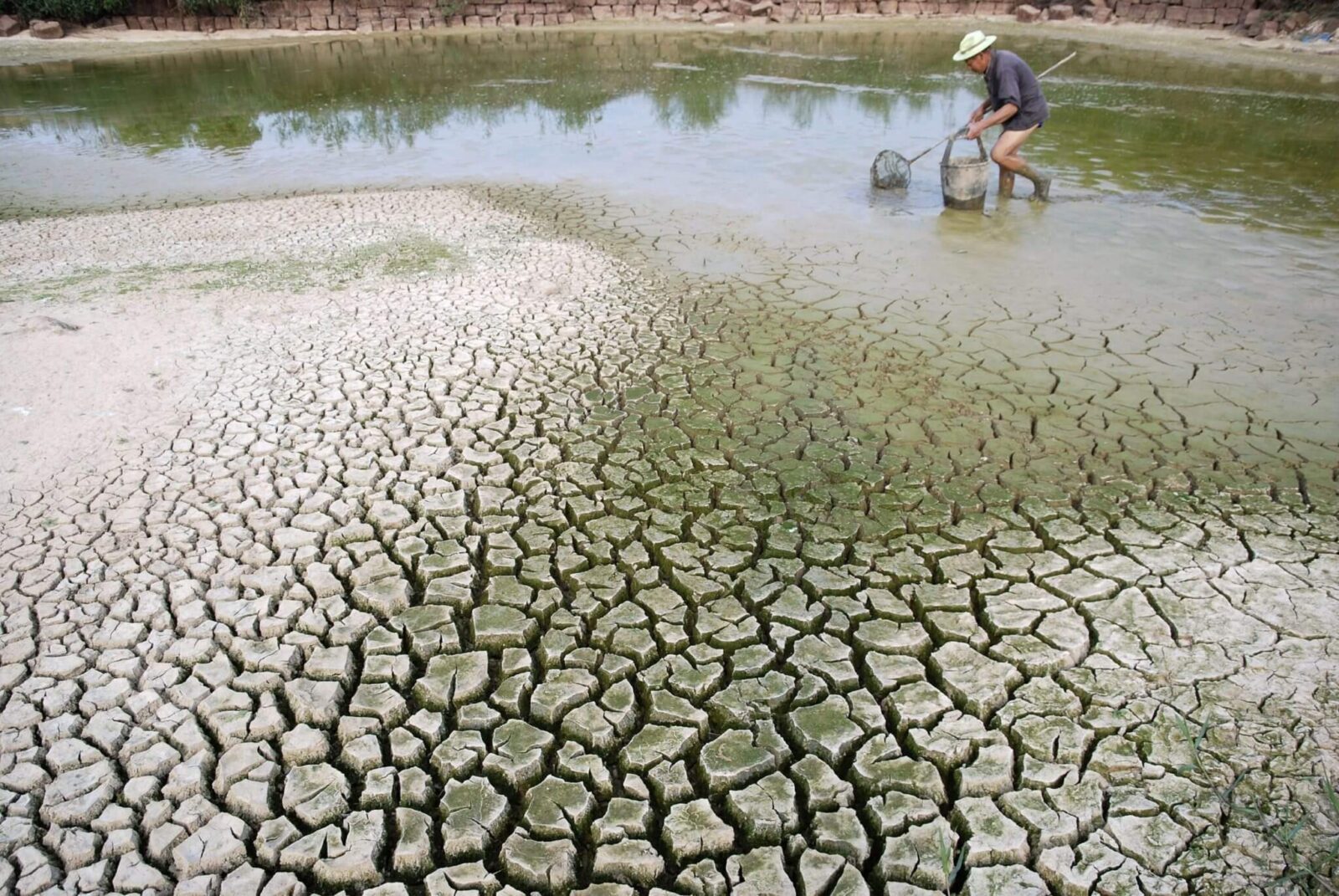
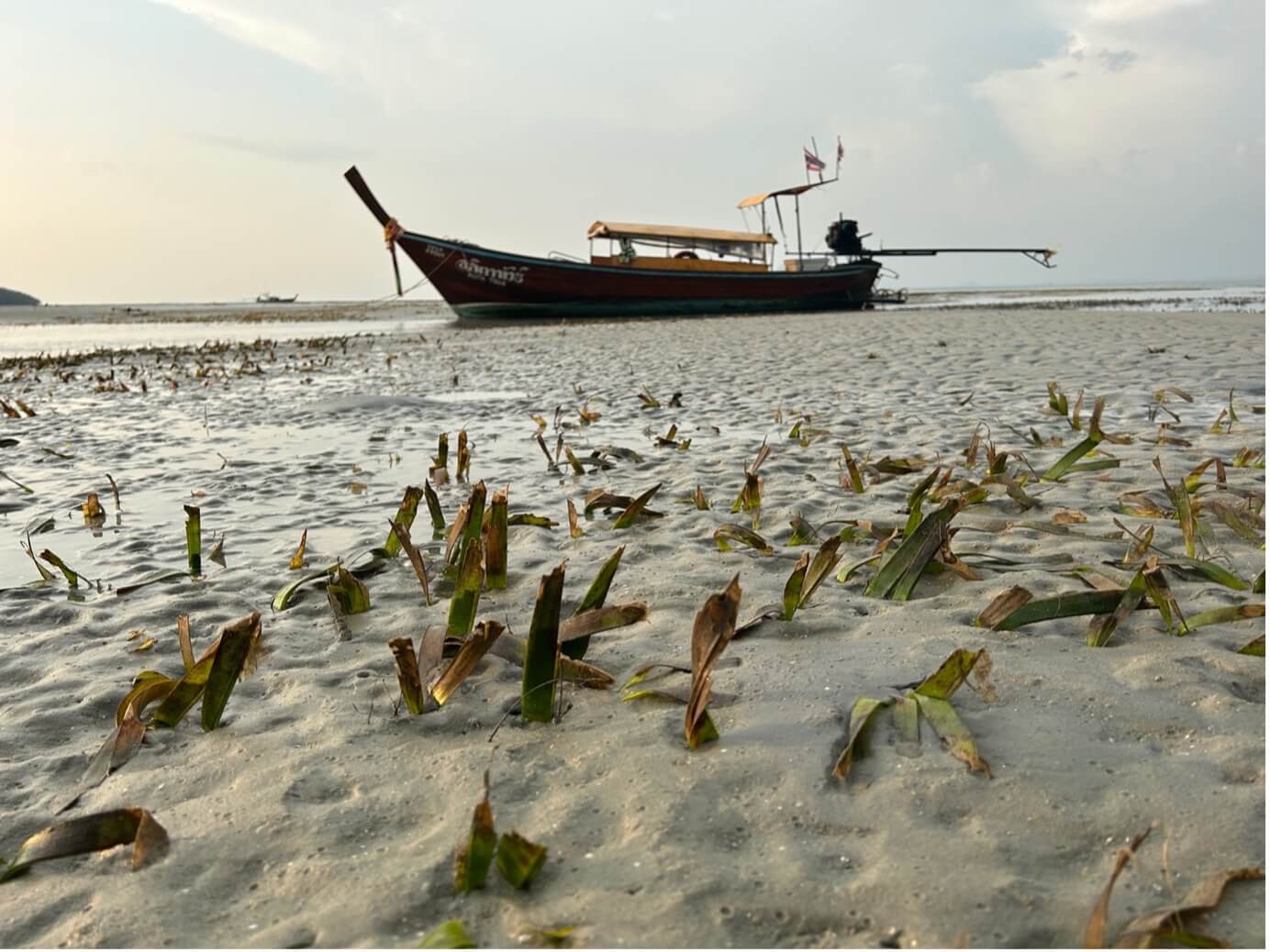
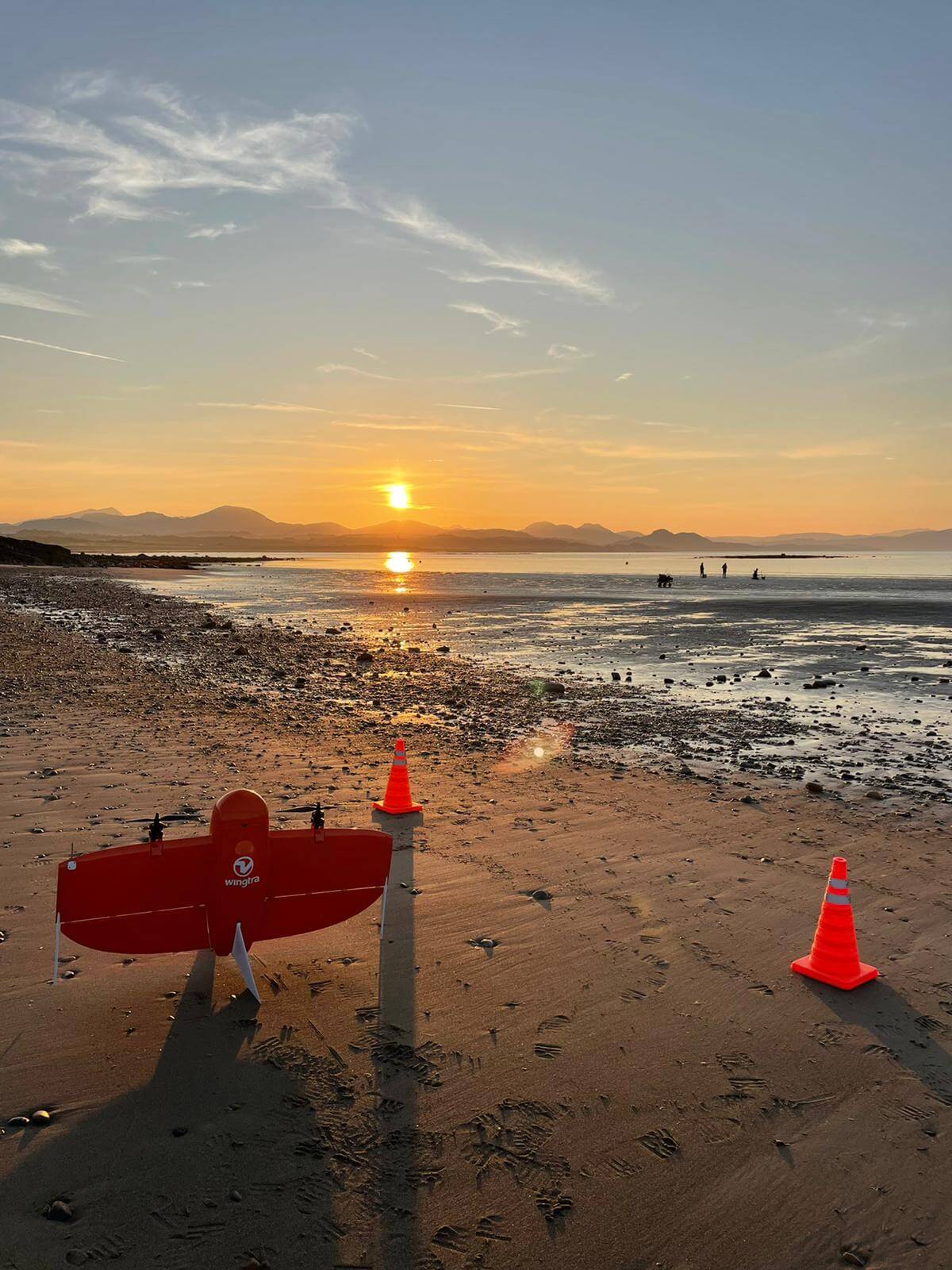
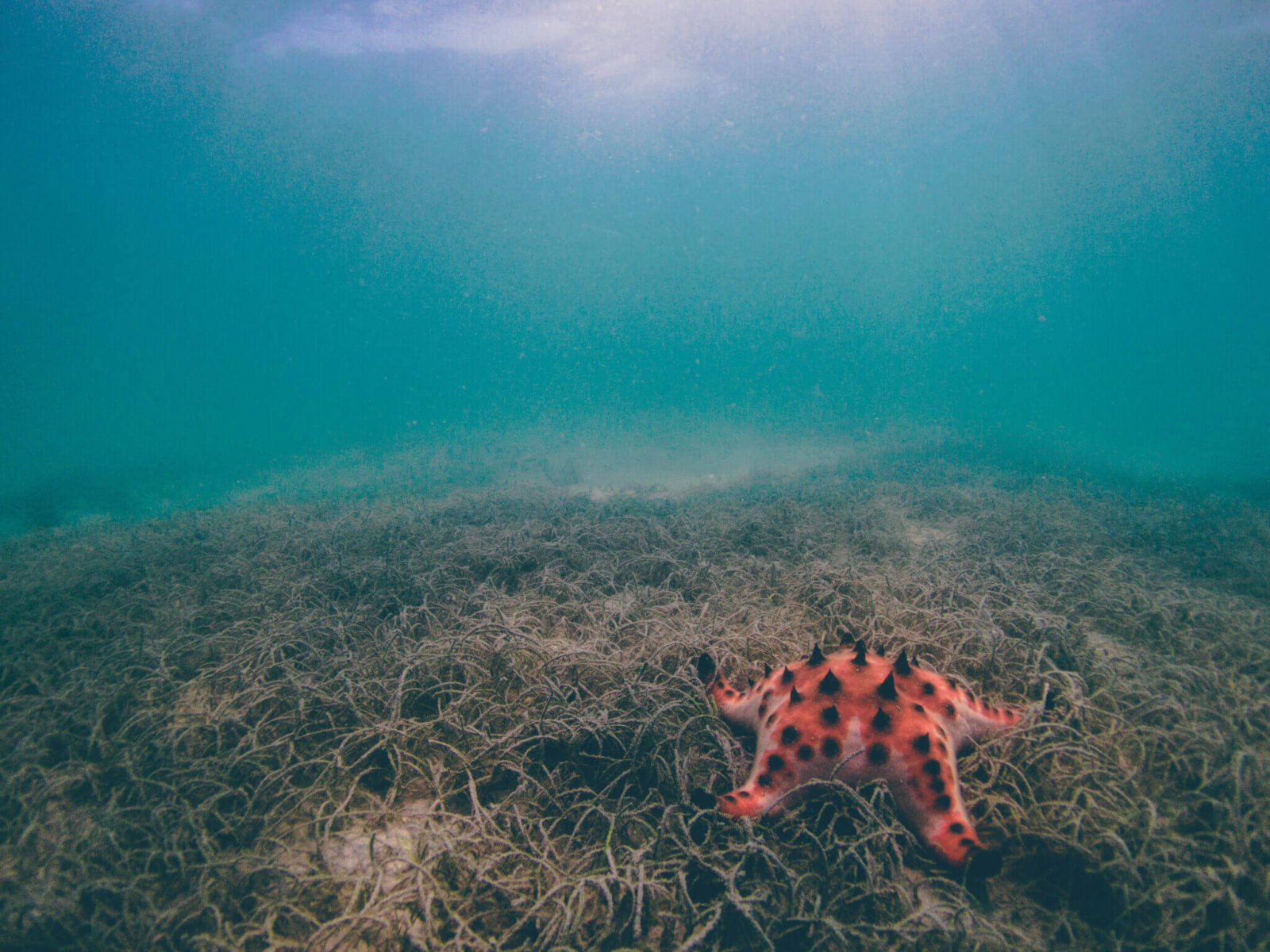




LEARN MORE ABOUT OUR STRATEGY
Discover our focus on delivering real change to save the world’s seagrass
as well as promoting the sustainable use of seagrass ecosystems.

